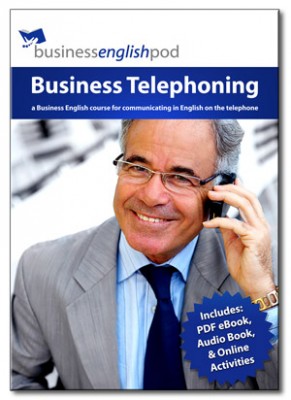Updates and Demos
Our new ANDROID App now available – Download from the Google Play Store
Take a sneak peek at our new BEP Android app that will soon be available in the Google Play Store (most likely in the 1st week of October). The Android app design closely follows the new BEP iOS app and includes a login for BEP premium members to access all the lessons plus all the other features you’ll find in the iOS app.
Introducing the new BEP iOS (iPhone/iPad) App with member login
The completely redesigned BEP app is now available in the Apple App Store. Beside a new design, the app has been completely re-coded and includes a login for BEP premium members to access all the lessons.
iOS eCourse Apps with Member Login
Download the app from the Apple App Store: English for Meetings
We have developed a completely new app template for a series of eCourse apps based on our existing eBooks. One great feature in the new apps, and something that many members have requested, is a login form for BEP members so that you can access the app without having to buy the lessons.
Along with the members login form, the app also features a new audio player (with the ability to slow down the playback speed by 20%) and progress quizzes for each lesson. The first app in this series is focused on meetings and we plan on publishing 4 more apps based on our eBooks over the next 12-months.

New Mobile-friendly Quiz & Lesson Modules
Take a look at all the new mobile-friendly quizzes and lesson modules already available: mLearning
We have created a new lesson module format based on the podcast audio and transcript. The goal is to present the lesson content in a study-friendly format with both the text and audio available in one interface. The lesson modules work great on desktops and just as great on mobile devices (iOS & Android). Check out these new modules on the links below and let us know what you think in the comments section below.
Quiz Module:
Lesson Module:
Resources for Teachers (via our training partner, Becourse).
Lesson Plan:
Teacher’s Notes:
















